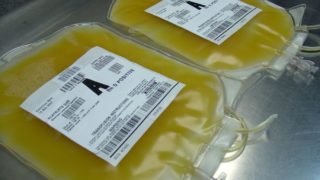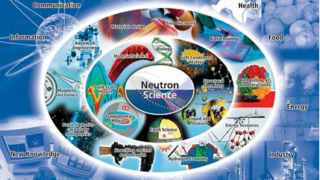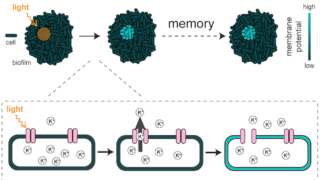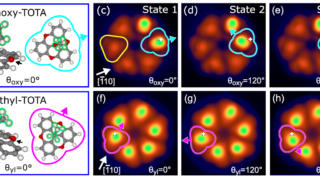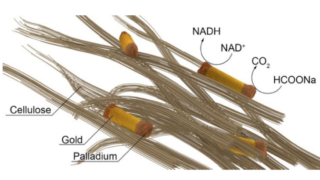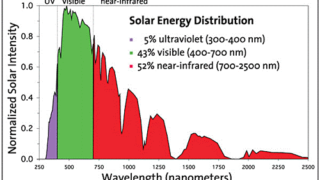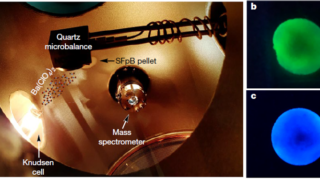
How to detect the daughter atom of a neutrinoless double beta decay
Chemistry • DIPC Biochemistry • DIPC Interfaces • DIPC Particle Physics • Materials • Particle physics
A new fluorescent bicolour indicator, an organic molecule, could help detect the daughter atom of a neutrinoless double beta decay. If this is achieved, there would be an explanation to the matter-anti matter asymmetry in the universe. Experiments performed in 1909 by Geiger and Marsden, also called Rutherford gold foil experiment because Rutherford was their […]

